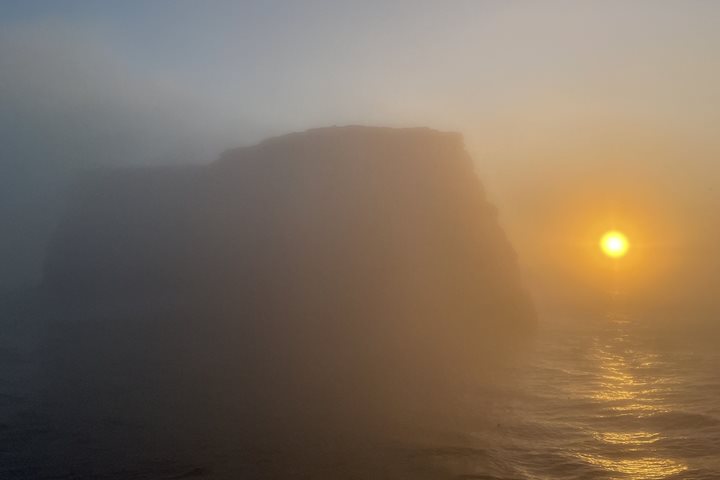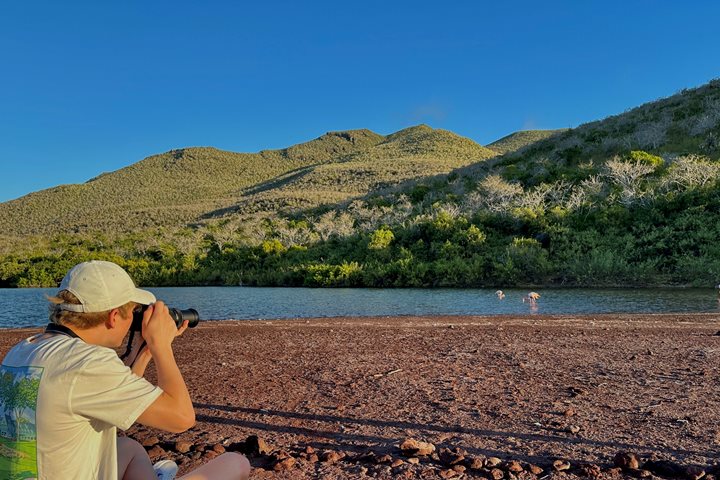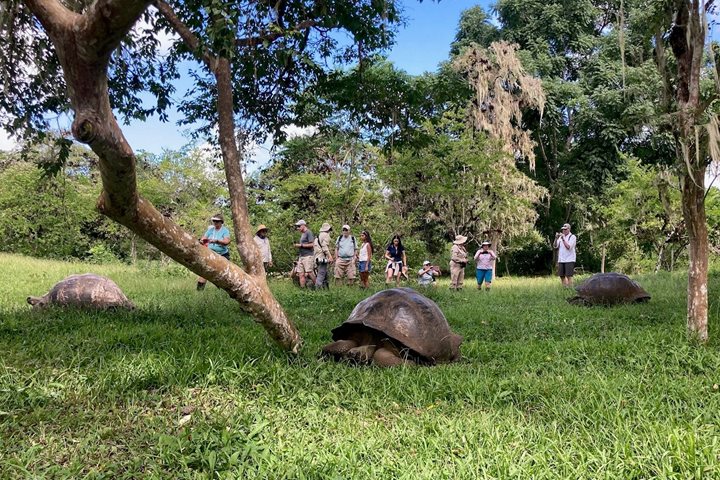This island is one of the oldest in the Galapagos Archipelago and home to an exceptional number of endemic and native plants. This morning was one of the best outings as it allowed us to see so many of the species exclusive to San Cristobal.
- Daily Expedition Reports
- 04 May 2019
San Cristobal Island, 5/4/2019, National Geographic Islander
- Aboard the National Geographic Islander
- Galápagos
Walter Perez, Naturalist/Certified Photo Instructor
Walter was born in a very small town on the mainland of Ecuador. His first trip to the Galápagos was when he was 12 years old, visiting friends and aunt, who had moved to the islands. From the first moment he saw the Islands, he fell in love with the...
Read MoreMark Coger , Videographer
Growing up in a military family, Mark Coger has been traveling most of his life. While living in Japan, he developed his passion for videography. He began his venture in the field of video production by filming numerous events for a local high scho...
Read MoreShare Report
Galápagos Escape: An 8-Day Voyage
VIEW ITINERARYRelated Reports
5/20/2025
Read
National Geographic Islander II
North Seymour and Rabida Islands
Today was an amazing day from sunrise to sunset. We explored the beautiful North Seymour Island in the first part of the day. So many birds! We even saw the fascinating courtship dance of the blue-footed boobies. What a treat! In the afternoon, we went for our first snorkeling experience in the Galapagos, swimming with sea lions and so many fish. To end our day, we had the option to go for a photo-oriented or natural history walk along the astonishing red sand beach of Rabida Island. I oversaw the photo-oriented walk, and we had so much fun. Our guests put into practice what they learned during the photo presentation we had yesterday, and the result was amazing. We cannot wait for another day full of adventures in the Galapagos Archipelago.
5/19/2025
Read
National Geographic Islander II
Santa Cruz Island
Our first full day had plenty of wonderful surprises as we disembarked in Puerto Ayora, the main town on Santa Cruz Island. As soon as we arrived, we took a bus all the way to the highlands of Santa Cruz until we reached El Trapiche Farm, a unique site where the guests of National Geographic Islander II learned about the production of organic coffee, cocoa, and sugarcane liquor. Afterwards, we visited the Twin Craters. This amazing site is comprised of two incredible pit craters formed by the collapse of volcanic magma chambers. The area is surrounded by a forest of the unique Scalesia pedunculata, a tree that is endemic to the area. The spectacular visit to El Manzanillo Ranch gave us the opportunity to walk among the incredible Galapagos giant tortoises, often found in the early afternoon having lunch and resting. Being surrounded by these gentle giants was the best way of ending our visit.









